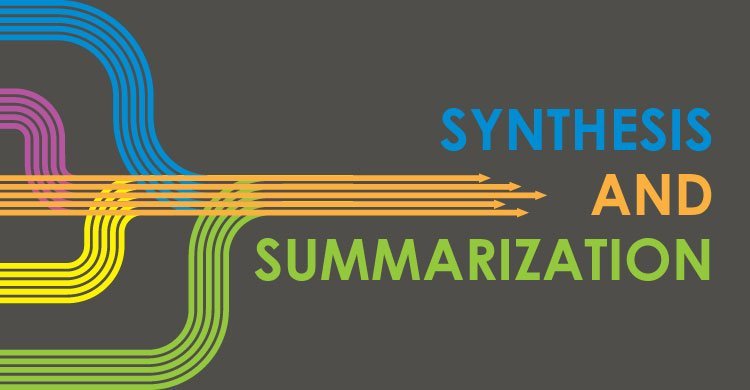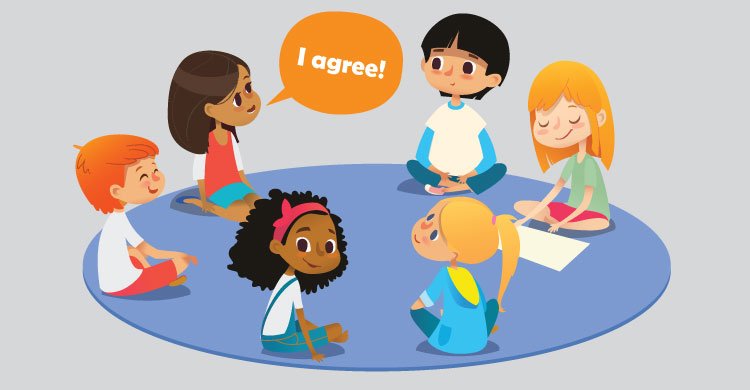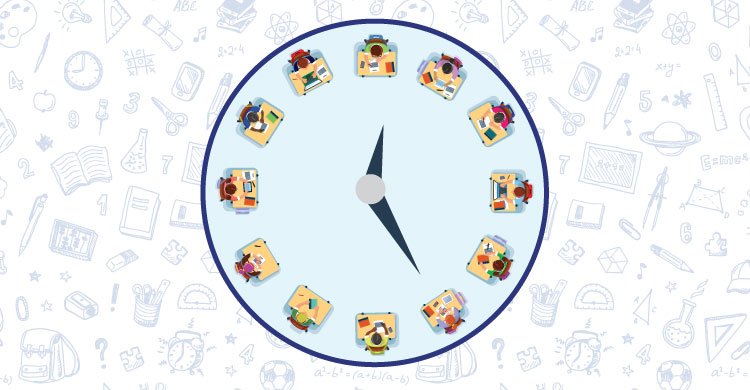Bringing Discussions to a Close (Small Groups, Big Discussions Part 12)
This is the twelfth post in a series on student-led, small-group discussions. To read the
Read More

This is the twelfth post in a series on student-led, small-group discussions. To read the
Read More
This is the eleventh post in a series on student-led, small-group discussions. To read the
Read More
This is the tenth post in a series on student-led, small-group discussions. To read the
Read More
This is the ninth post in a series on student-led, small-group discussions. To read the
Read More
This is the eighth post in a series on student-led, small-group discussions. To read the
Read More